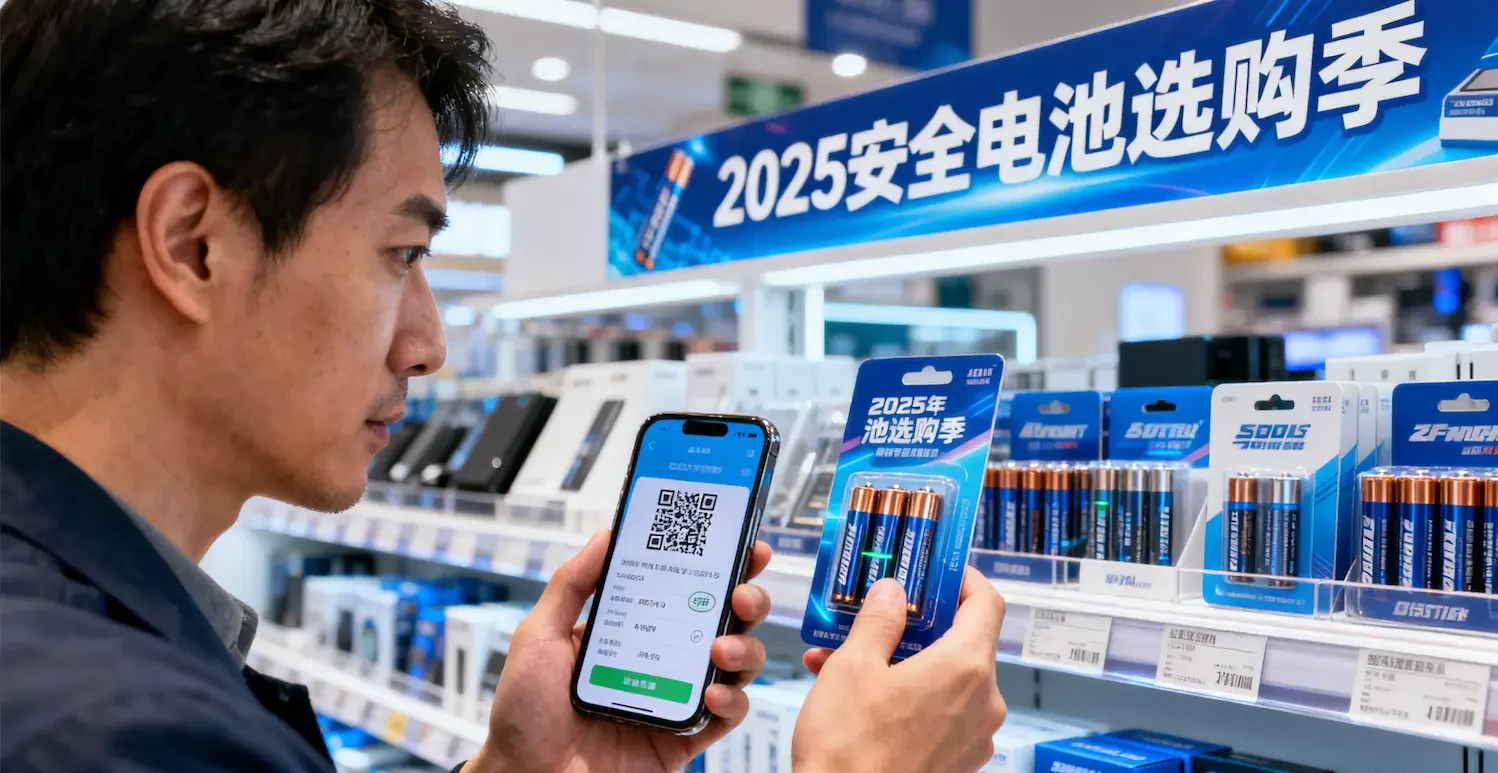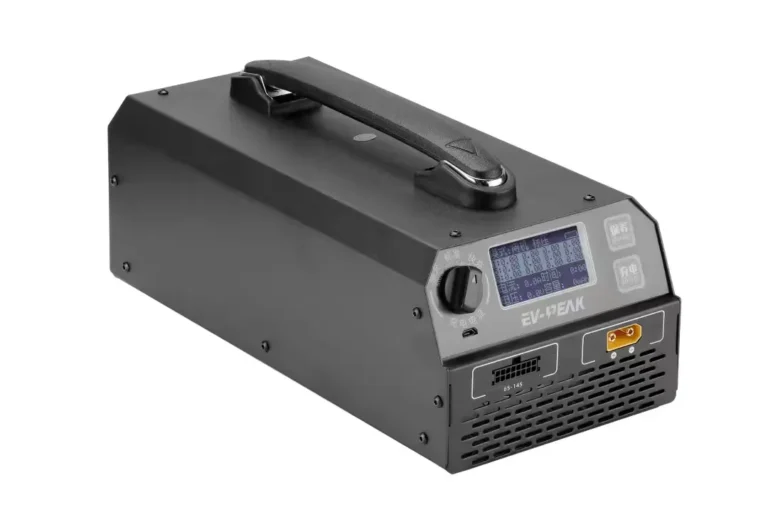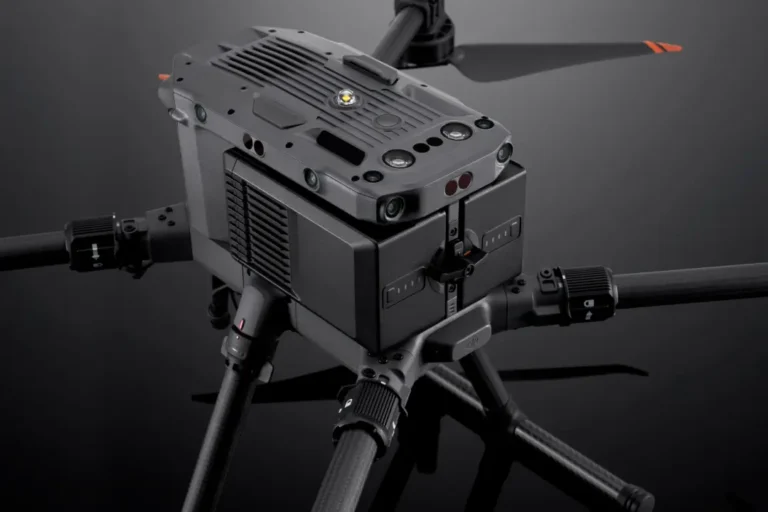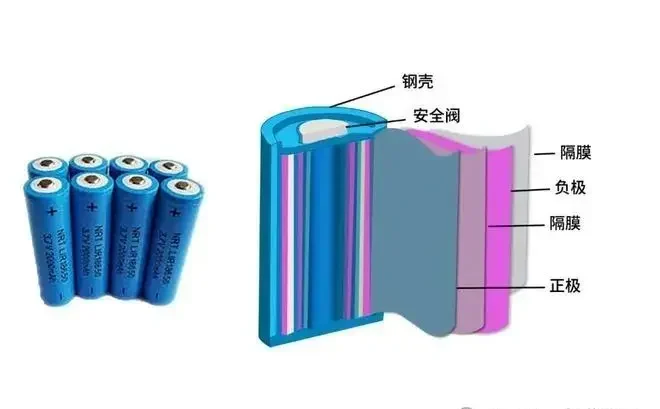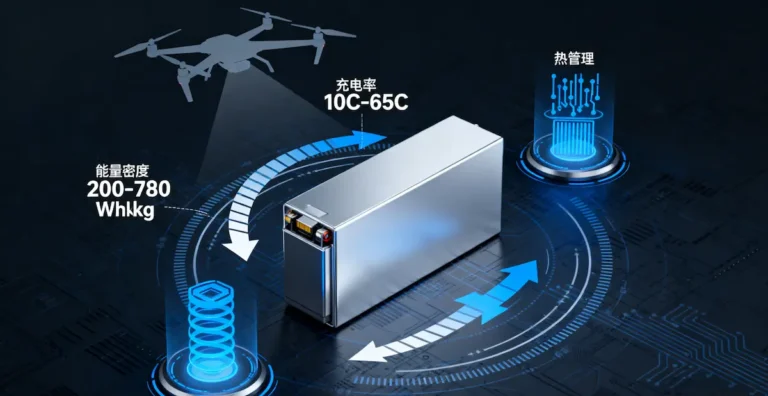How to Select Lithium Batteries in 2025
As the energy core of modern electronic devices, the performance parameters of lithium batteries directly determine the operational efficiency and reliability of equipment. How should one select lithium batteries in 2025? Choosing the right battery type requires comprehensive consideration of multiple factors, including energy density, safety characteristics, and cycle life.
As lithium battery engineers, when we discuss lithium batteries, we refer to rechargeable battery systems that convert electrical energy into chemical energy and vice versa through the movement of lithium ions between positive and negative electrodes. Since their commercialization in 1991, lithium batteries have become the preferred power solution for portable electronics, new energy vehicles, and energy storage systems.
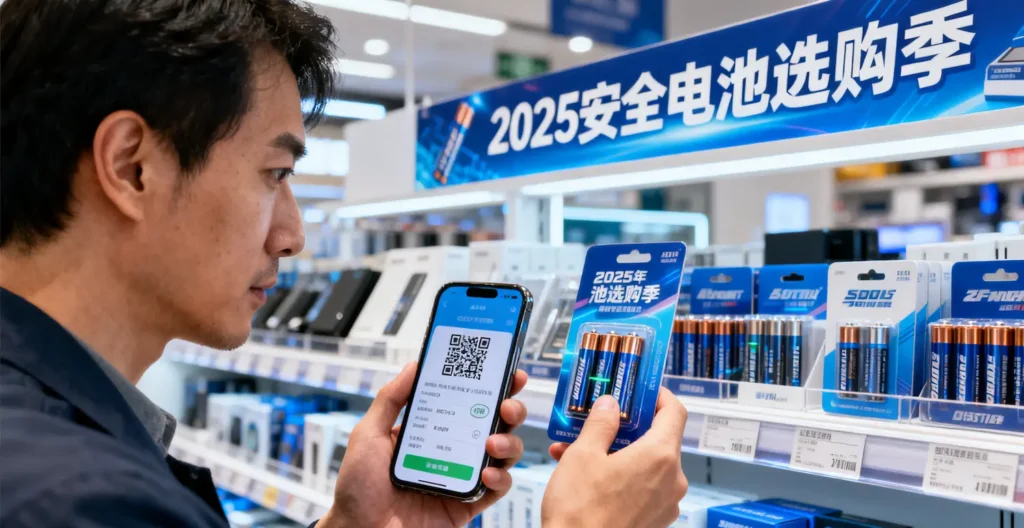
Their core advantages include high energy density (far exceeding nickel-cadmium and lead-acid batteries), low self-discharge rate (approximately 1-2% per month), no memory effect (allowing charging at any time without capacity loss), and long cycle life (typically exceeding 500 full cycles).
I. Types and Technical Characteristics of Lithium Batteries
Cylindrical Lithium Batteries: The Standardized Power Source
The 18650 lithium battery represents the most mature cylindrical lithium-ion cell, measuring 18mm in diameter and 65mm in length. This standardized specification is widely adopted in laptops, power tools, and high-end lighting equipment due to its excellent mechanical stability and mature manufacturing processes.
Recommended brands include Panasonic (Tesla supplier), Samsung SDI (exceptional consistency), and LG Chem (leading energy density).
21700 Lithium Batteries (21mm diameter, 70mm length) serve as an upgraded version of 18650, offering higher capacity and power output. Primarily used in Tesla electric vehicles and high-end electronics, representative brands include Panasonic and EVE Energy.
Pouch Lithium Batteries: The Preferred Choice for Slim Designs
Lithium polymer batteries (Li-Po) utilize aluminum-plastic composite film packaging, offering lightweight, flexible, and bendable characteristics ideal for smartphones, drones, and ultra-thin portable devices. Their primary advantages lie in shape customizability and high weight-to-energy density.
Major suppliers include ATL (Apple supplier), BYD (strong vertical integration capabilities), and Feimaotui.
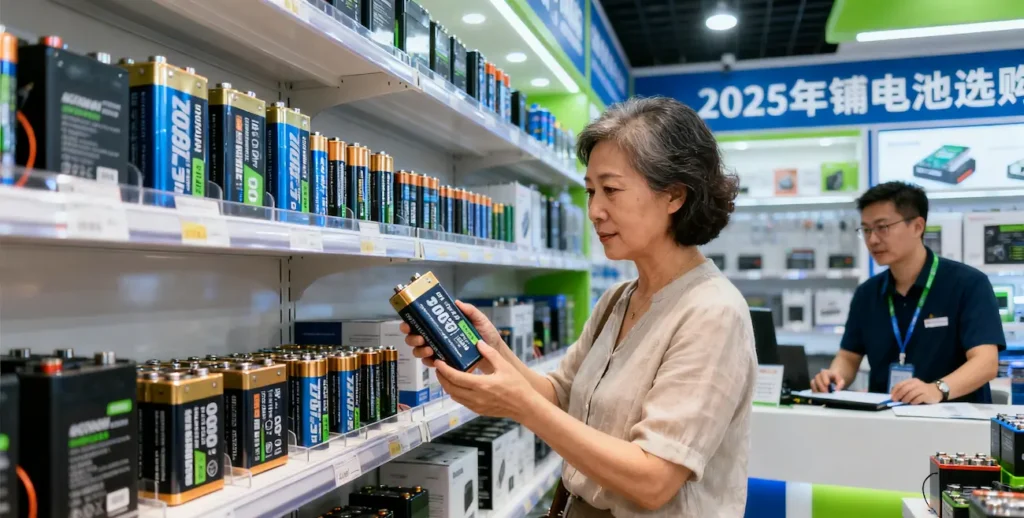
Lithium Iron Phosphate Batteries: Synonymous with Safety and Longevity
Lithium iron phosphate (LiFePO₄) batteries utilize an olivine-structured cathode material, delivering exceptional thermal stability and ultra-long cycle life (typically exceeding 3,000 cycles). While their energy density is slightly lower than ternary lithium batteries, their outstanding safety (passing needle penetration tests) and cost-effectiveness make them ideal for solar energy storage, electric vehicles, and backup power systems.
Leading brands include CATL (a powerhouse in the power battery sector), BYD (pioneer of blade battery technology), and Dongdian New Energy (an emerging high-value-for-money supplier).
II. Key Performance Parameters for Selecting Lithium Batteries
Lithium Battery Capacity and Energy Density
Capacity (mAh/Ah) is the core parameter measuring a battery’s charge storage capability, directly determining device runtime. Higher capacity typically means longer operating time, though it must balance volume and weight constraints.
Note that actual usable capacity is affected by discharge rate and ambient temperature. Capacity may temporarily increase at high temperatures but accelerates aging, while low temperatures cause significant capacity reduction.
Voltage Characteristics of Lithium Batteries
Lithium batteries typically have a nominal voltage of 3.7V (ternary lithium) or 3.2V (lithium iron phosphate), with full-charge voltages of 4.2V and 3.65V respectively. When selecting batteries, ensure their voltage range matches device requirements—overvoltage or undervoltage may cause device damage or safety hazards.
Load voltage varies with depth of discharge (DOD). Well-designed devices monitor voltage changes to accurately estimate remaining capacity.
Lithium Battery Discharge Performance and Lifespan
The continuous discharge rate (C-rate) indicates a battery’s sustained discharge capability. A 1C rating means the battery can discharge its rated capacity within one hour. High-power devices like drones and power tools require high-discharge-rate batteries (typically 5C or higher), while low-power devices such as e-cigarettes only need 1-2C discharge rates.
Cycle life denotes the number of charge-discharge cycles completed before the battery capacity drops to 80% of its initial capacity. High-quality 18650 batteries can achieve over 500 cycles, while lithium iron phosphate batteries often exceed 3000 cycles. Shallow charging and discharging (e.g., 30%-80% cycles) significantly extends battery lifespan.
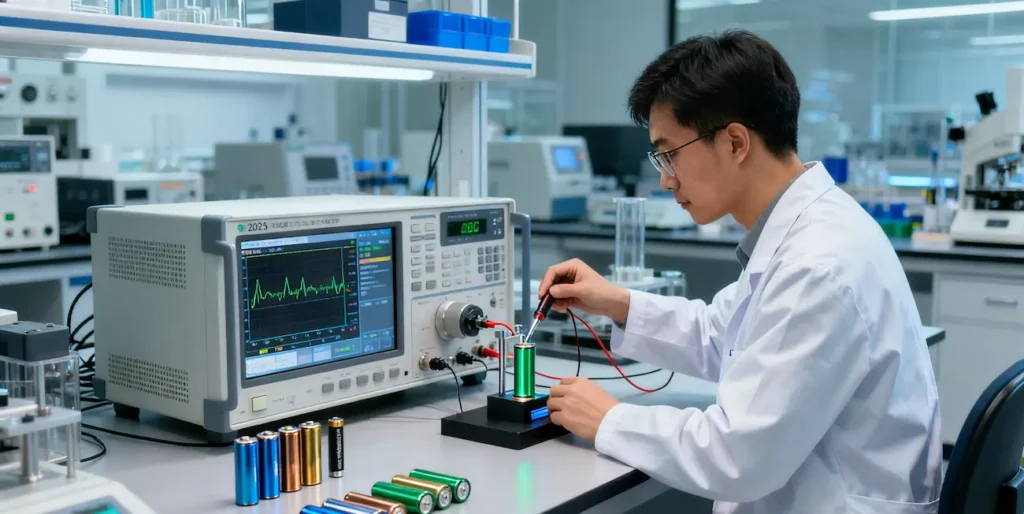
III. Lithium Battery Safety Mechanisms and Protective Design
Lithium battery safety is paramount. Batteries equipped with protection circuit boards (PCBs) should be prioritized, as these circuits provide overcharge protection, over-discharge protection, overcurrent protection, and short-circuit protection.
Thermal management systems are particularly critical for high-capacity battery packs. Quality battery packs incorporate temperature sensors and thermal control mechanisms to prevent thermal runaway caused by overheating.
Physical protection is equally important. Steel-cased cylindrical batteries offer robust mechanical protection, while pouch batteries require additional structural support to prevent puncture and deformation.
Select battery products certified by international standards (such as UL, CE, UN38.3) to ensure compliance with fundamental safety requirements.

IV. Lithium Battery Application Scenarios and Selection Recommendations
Consumer Electronics
For smartphones, tablets, and laptops, lithium polymer batteries are the preferred choice due to their customizable shapes and high energy density. When selecting batteries, prioritize original equipment manufacturer (OEM) batteries or reputable third-party brands.
Electric Mobility & Power Tools
Electric bicycles, scooters, and power tools require batteries with high discharge rates. 18650 or 21700 ternary lithium batteries suit high-power demands, while lithium iron phosphate batteries are better suited for applications prioritizing safety and cycle life.
Energy Storage Systems
Home energy storage and solar storage systems prioritize safety and cycle life. Lithium iron phosphate batteries are ideal for these applications, particularly in scenarios requiring daily cycling.
Special Applications
Drones and model aircraft demand a balance of high energy density and high discharge rates, typically utilizing specially formulated lithium polymer batteries. Cold-temperature applications require specially designed batteries, as standard lithium batteries experience significant performance degradation below -20°C.

V. Future Technology Trends
Solid-state battery technology is considered the next-generation energy storage solution. By replacing liquid electrolytes with solid electrolytes, it promises enhanced safety and energy density. Companies like Toyota and CATL are expected to launch mass-produced solid-state battery products between 2025 and 2030.
Silicon anode technology is advancing toward commercialization, with a theoretical specific capacity reaching 4200 mAh/g—significantly higher than the 372 mAh/g of traditional graphite anodes—enabling substantial improvements in battery energy density.
Sodium-ion batteries emerge as a potential low-cost alternative. Despite lower energy density, their abundant surface reserves make them suitable for cost-sensitive large-scale energy storage applications.
Selecting the appropriate lithium battery requires comprehensive consideration of device requirements, performance parameters, and safety features. Purchasing genuine products from authorized channels and avoiding low-quality counterfeit batteries is fundamental to ensuring safety.
Investing in high-quality lithium batteries not only delivers a superior user experience but is also a necessary investment for long-term safety. Whether you are seeking replacement batteries for portable devices or sourcing power sources for project development, we hope this guide assists you in making informed decisions.
As professional advice, always follow the manufacturer’s guidelines for battery use and charging, avoid extreme temperature conditions, and regularly inspect battery condition to ensure safe operation.

